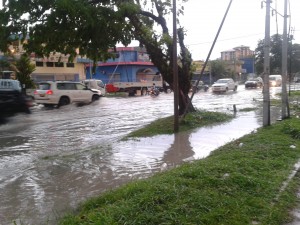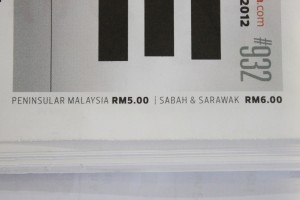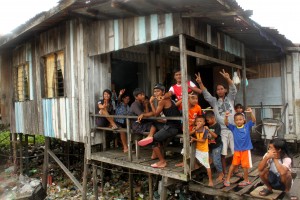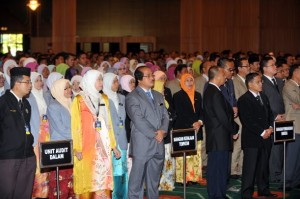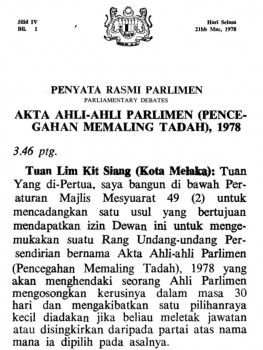As one of the founding entities of Malaysia, Sabah has clearly not benefitted from the Malaysian Dream; it has suffered the worst fate amongst all the entities of the federation. Its abundant natural resources have being plundered endlessly with paltry compensation for the majority of its residents. Some of the issues listed below show why Sabah is rankled and athirst for change.
Pathetic Infrastructure
- Sabah is ranked last in the nation’s Development Composite Index (DCI)
- Only 35% of its roads are tarred vs the national average of 80%. (5000km vs 17000km)
- It has the most inconsistent supply of electricity. Electricity interruption averaged around 700 minutes per customer (2010), nearly 10 times higher than Peninsular Malaysia’s (PM).
- 75% of its households have regular water supply, 2nd lowest in Malaysia. Untold number of rural and PATI households still depends on rainwater for their daily supply.
Economic Exploitation
- Since 2001, Sabah has contributed more than RM 100 billion in oil and gas revenue to the federal government. (Based on calculations from Auditor General reports)
- Yet it has only received RM 30.1 billion for development expenditure in the 8th and 9th Malaysian Plans (2001-2010).
- Since the 1980s, Sabah has been subjected to cabotage policy where only Malaysian ships can carry trade between PM and Sabah.
- As a result Sabah suffers 20% to 40% in higher goods prices, adding to the high cost of living in Sabah.
- Sabah produces 30% of Malaysia’s palm oil. Most of it is exported as crude palm oil.
- In comparison, PM earns RM 9.8 billion in downstream palm oil exports vs RM 0.51 million for Sabah. Sabah loses out on high paying jobs due to the lack of industries.
Poverty Amidst Abundance
- Sabah’s poverty rate (19.7%) is highest in Malaysia. Its rural poverty is a staggering 32.8%. More than 40% of Malaysia’s 228,000 poor households are in Sabah.
- 68% of Sabah residents are earning less than RM 960, the income level for poor. (Borneo Post, 30 December 2011).
- Sabah has the highest Gini coefficient (measure of income inequality) of 0.453 in Malaysia, increased from 0.448 in 1999.
- Highest % of children without education, (21% vs 10% national average).
- Highest child mortality rate for children below 5, that is 21 deaths/1000 births (Sabah’s Human Progress and Challenges, UNDP 2008)
Political Meddling
- From 1994 to 2003, the BN government imposed a chief minister (CM) rotation system upon Sabah. 6 CMs took office in succession, causing much disruption to the state’s administration.
- Sabah has 3.1 million people in 2010, with 1.7 million who are PATIs. According to Dr Chong Eng Leong, former Sabah senator, potentially hundreds of thousands of PATIs may have received fake or real ICs under Project IC (Malaysiakini, 2 August 2006).
- Borneonisation of civil service, one of the matters agreed under the 20 points memorandum in 1963, has not being honoured.
- Of the 16,858 Sabah’s federal management and professional posts, 36% are held by outsiders, mostly from PM. Only 8 of 24 federal government departments are headed by Sabah residents.
Source : Unless stated otherwise, all facts are from Pakatan Rakyat Budget 2013 – People’s Economy, Reinstating Sabah’s Glory

